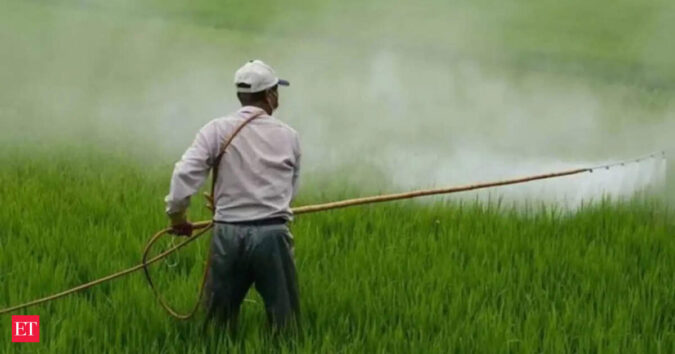“The fertiliser subsidy may remain closer to previous year, given our dependency on imports still remain high and the steep increase in the prices of fertilisers in the international markets,” a senior finance ministry official told ET.
The government’s estimate of the subsidy bill is still lower than industry projection of ₹2.5 lakh crore, based on higher import during April to September and the anticipation of higher consumption during rabi season.
“We will ensure that the farmers get sufficient fertiliser and remain insulated against global price hike,” the official said.
The government is also keeping a close watch on diversion of fertilisers to other industries, which caused some shortage in the previous season, the person said.The revised subsidy bill estimate includes ₹1.17 lakh crore for urea and ₹75,000 crore for non-urea fertilisers.The Centre had budgeted ₹1.67 for fertiliser subsidy for 2025-26, lower than ₹1.91 lakh crore subsidy bill in the previous year.
“The soil moisture levels are excellent, which means farmers will go in for aggressive rabi planting, especially of wheat, a crop that demands significant urea and phosphate nutrients,” said a senior executive at a major fertiliser company, who did not wish to be identified.
The import of urea increased 138.8% and that of DAP rose 94.5% during April to September 2025 compared to the same period last year, according to industry estimates. However, domestic production of urea and DAP went down 5.6% and 7%, respectively, during the same period.
Imports account for 60% of India’s annual DAP consumption.
An industry expert said overall imports of fertilisers in FY26 could exceed 18 metric tonnes, with urea accounting for over 10 metric tonnes of shipment.
In FY25, fertiliser imports of all variants were around 16 metric tonnes.
India recorded sales of 38 metric tonnes of urea last fiscal, including domestic production of 30.6 metric tonnes and imports of 5.7 metric tonnes.
The government on Tuesday approved ₹37,952 crore subsidy for different types of fertilisers for the 2025-26 rabi season that began on October 1 and will continue till the end of March 2026.
While it increased the rates for phosphate and sulphur, the rates for nitrogen and potash are the same as the kharif season.
The subsidy to fertiliser companies is paid based on actual sales, so the actual expenditure on fertilisers will depend on the sale of various soil nutrients during October-March.
Fertilisers in India are controlled by the government.

